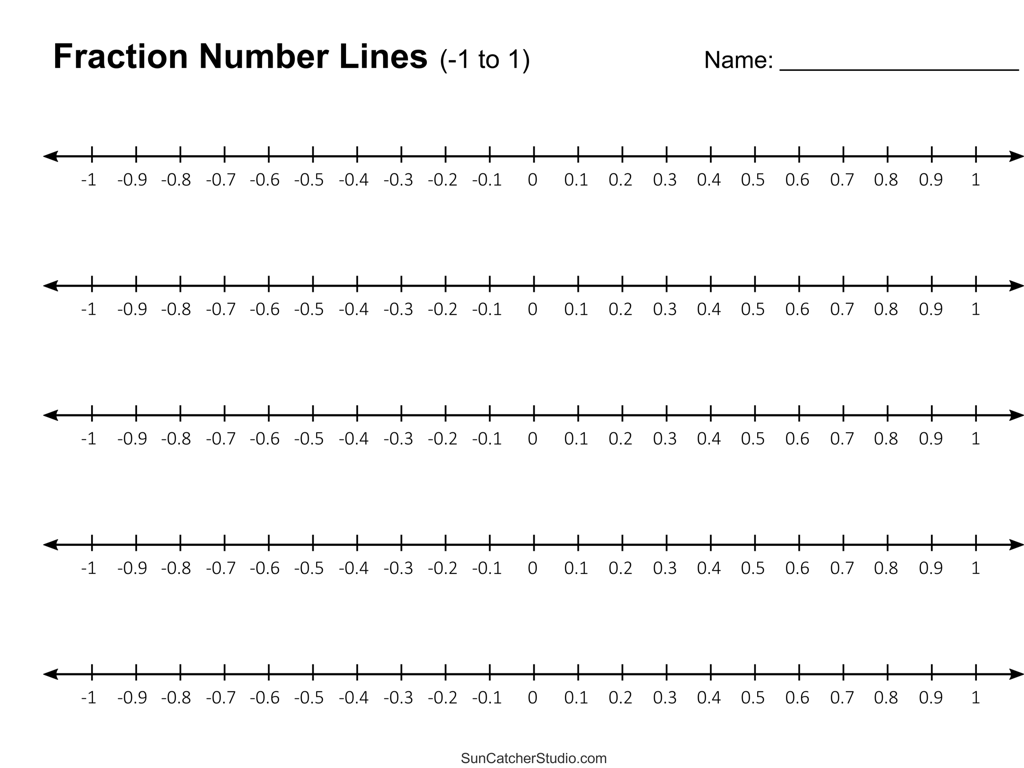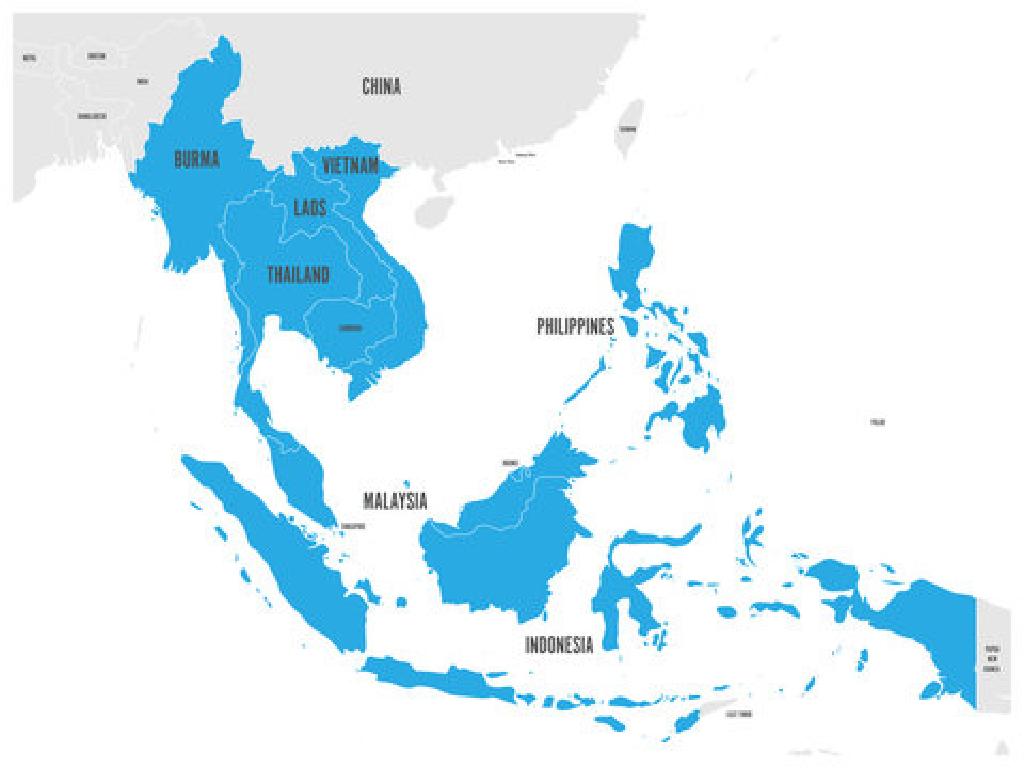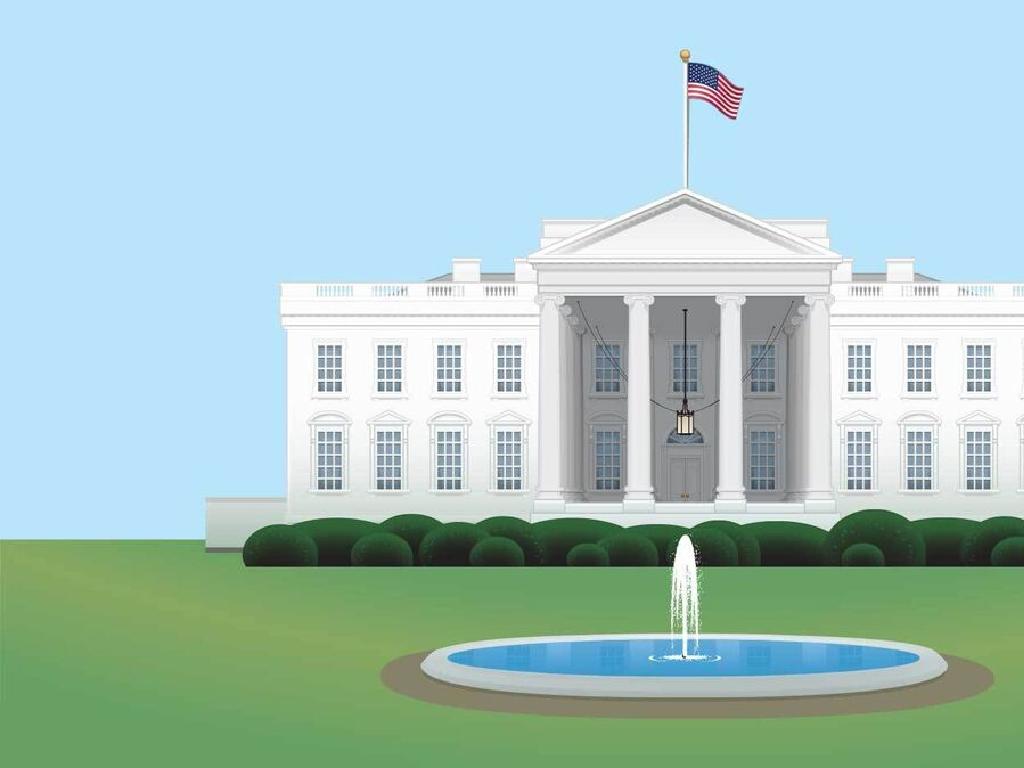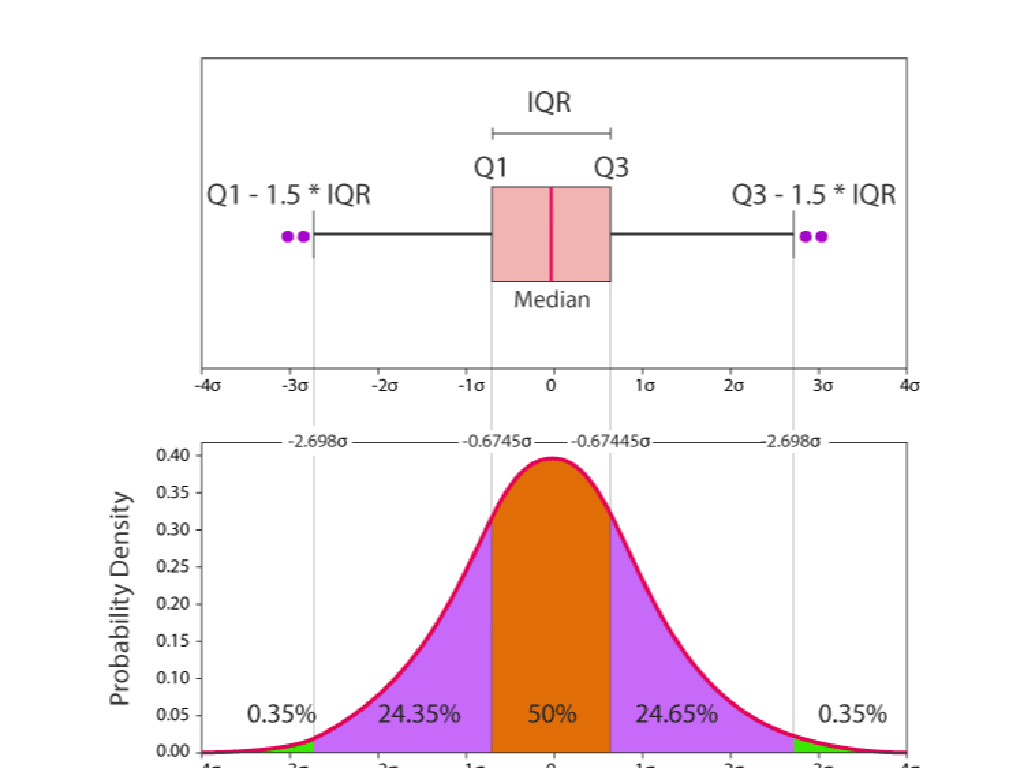Ancient China
Subject: Social studies
Grade: Seventh grade
Topic: Early China
Please LOG IN to download the presentation. Access is available to registered users only.
View More Content
Exploring Early China
– Introduction to Early China
– A glimpse into the beginnings of Chinese civilization.
– Timeline: Dynasties to Republic
– Learn the progression from Shang to Qing dynasty, then to the Republic.
– Significance in world history
– Ancient China’s innovations and philosophies influenced the globe.
– Reflect on Ancient China’s impact
|
This slide aims to introduce students to the vast and rich history of Early China, setting the stage for a deeper dive into its culture, innovations, and historical significance. Start by giving an overview of the earliest periods of Chinese history, including the notable dynasties that shaped its development. Emphasize the importance of understanding the timeline to comprehend the evolution of Chinese society and government. Highlight why studying Ancient China is crucial: its contributions to writing, technology, philosophy, and governance have had a lasting impact on the entire world. Encourage students to think about how Ancient China’s legacy can still be seen in modern times. This will help them appreciate the interconnectedness of world history and China’s role in it.
Geography of Ancient China
– Yellow & Yangtze Rivers’ role
– Provided water, transport, and fertile soil for crops.
– Natural barriers: Himalayas & more
– Protected from invasions and influenced settlement patterns.
– Agriculture’s impact on society
– Led to surplus, specialization, and social structures.
– Geographic influence on culture
– Shaped traditions, beliefs, and lifestyles.
|
This slide explores the significant geographical features of Ancient China and their impact on the civilization’s development. The Yellow and Yangtze Rivers were crucial for survival, providing water for drinking and irrigation, enabling transportation, and enriching the soil for agriculture. The natural barriers, including the Himalayas, Gobi Desert, and Pacific Ocean, served as protection against invasions and shaped the settlement patterns of Chinese societies. Agriculture was the backbone of Ancient China’s economy, leading to a surplus of food, which allowed for job specialization and the emergence of complex social structures. Lastly, the unique geography of China influenced its culture, traditions, and beliefs, as people adapted to their environment and resources. Encourage students to think about how geography can affect the development of a society and its culture.
The Dynastic Cycle in Ancient China
– Understanding the Dynastic Cycle
– A pattern explaining the rise, rule, and fall of dynasties.
– Exploring the Mandate of Heaven
– Divine right to rule granted by the gods.
– Rise and fall of dynasties
– Dynasties thrive and decline due to internal and external factors.
– Historical patterns of dynasties
– Recognizing cyclical patterns in Chinese history.
|
The Dynastic Cycle is a key concept in understanding the history of Ancient China, describing the rise, flourishing, and eventual decline of dynasties. Introduce the Mandate of Heaven as a crucial religious and philosophical idea that justified the rule of emperors, suggesting that heaven would bless the authority of a just ruler but would also allow for his overthrow if he became despotic. Discuss how dynasties would rise to power, maintain their rule, and eventually fall, often due to corruption, natural disasters, and peasant revolts, which were seen as signs that the ruling dynasty had lost the Mandate of Heaven. Highlight the patterns observed in the rise and fall of dynasties to help students understand the cyclical nature of Chinese political history.
The Shang Dynasty: Foundations of Chinese Civilization
– First recorded Chinese dynasty
– Innovations in bronze casting
– Advanced bronze work for tools and ritual vessels
– Oracle bones for divination
– Used animal bones to predict the future
– Emergence of Chinese writing
– Characters evolved from pictographs to ideographs
|
The Shang Dynasty is considered the earliest dynasty in Chinese history with substantial archaeological evidence. Highlight the significance of bronze casting, which led to technological and cultural advancements. Discuss oracle bones, which were used for divination and are one of the earliest forms of Chinese writing. Emphasize the development of writing, explaining how it began with simple pictographs and evolved into a complex system of ideographs, forming the basis of the Chinese script still used today. Encourage students to think about how these early innovations have influenced modern society and the continuity of culture.
The Zhou Dynasty: A Lasting Legacy
– Longest-lasting Chinese dynasty
– Ruled for over 800 years, setting the foundation for future dynasties.
– Introduction of feudalism
– A hierarchical system that structured society and influenced later social order.
– Emergence of Confucianism
– Confucianism focused on ethics, family respect, and social harmony.
– Daoism’s influence
– Daoism emphasized living in harmony with the Tao, the natural order of the universe.
|
The Zhou Dynasty was a significant period in Chinese history, known for its remarkable duration and the introduction of systems and philosophies that shaped Chinese culture. Feudalism, established during this time, created a structured society that influenced China for centuries. Philosophical advancements were also notable, with Confucianism and Daoism emerging as major schools of thought. Confucianism became the basis of Chinese moral and social philosophy, while Daoism offered a contrasting view, promoting a life in harmony with nature. Discuss the lasting impacts of these philosophies and encourage students to explore how these ideas might still be relevant today.
The Qin Dynasty: China’s First Empire
– Qin Shi Huang: China’s first emperor
– Unified China in 221 BCE, known for his strict policies and tomb with Terracotta Army.
– Centralization under Qin rule
– Qin centralized power, reducing the influence of nobles and unifying the nation.
– Standardization of systems
– Standardized currency, weights, measures, and even writing scripts.
– The Great Wall: A massive endeavor
– Built to protect against invasions; thousands of miles long, requiring massive labor.
|
The Qin Dynasty marked a significant turning point in Chinese history with the reign of its first emperor, Qin Shi Huang. He is remembered for unifying China and for his authoritarian rule. His policies of centralization transformed the structure of the state, diminishing the power of nobles and feudal lords. The standardization of various systems facilitated trade and communication across the vast empire. The construction of the Great Wall was an unparalleled project that showcased the empire’s ability to mobilize and control its resources and people. Discuss the lasting impact of these changes and how they set the stage for future dynasties. Encourage students to consider the human cost of such grand projects.
The Han Dynasty: China’s Golden Age
– Han Dynasty’s time period
– Ruled from 206 BCE to 220 CE, a period of prosperity.
– Technological and cultural advances
– Innovations like paper, the plow, and cultural developments in poetry and art.
– The Silk Road’s role
– A network of trade routes connecting China to the West.
– Impact on trade and economy
– Facilitated exchange of goods, ideas, and culture, boosting the economy.
|
The Han Dynasty is often referred to as the Golden Age of Ancient China due to its significant advancements and lasting contributions to civilization. During this era, China saw a flourish in technology, culture, and trade. Innovations such as papermaking and improved farming tools revolutionized daily life and industry. Culturally, the Han Dynasty was a time of great literary and artistic achievement, setting standards for future generations. The Silk Road, established during this period, was crucial for trade, allowing for the exchange of silk, spices, and other luxury goods, as well as ideas and culture between the East and West. This period laid the groundwork for China’s long-term economic and cultural development. Encourage students to think about how these advancements compare to modern technological and cultural shifts.
Daily Life in Ancient China
– Social hierarchy: Emperors to merchants
– Emperors ruled, while merchants traded goods.
– Family life and ancestor veneration
– Ancestors were highly respected; family was central.
– Education’s role in society
– Schools prepared for government jobs.
– Civil service examinations
– Exams were a path to becoming an official.
|
This slide explores the various aspects of daily life in Ancient China, highlighting the structured social hierarchy from emperors to merchants. Emphasize the roles each class played in society, with emperors at the top and merchants facilitating trade. Discuss the central role of family life, where honoring ancestors was a key cultural value. Education was highly regarded, with schools focusing on preparing students for civil service. The rigorous examination system was a means to achieve social mobility and enter the ranks of government officials. Encourage students to compare and contrast these aspects with their own lives and modern society.
Class Activity: Create a Dynasty
– Divide into small groups
– Invent your dynasty’s details
– Name your dynasty and decide on cultural aspects like language, clothing, and traditions
– Develop a system of government
– Will it be a monarchy, bureaucracy, or another form? How will it be governed?
– Plan a major achievement
– What will your dynasty be known for? A great wall, a new invention, or a battle won?
|
This activity is designed to engage students with the concept of dynasties in Ancient China by allowing them to create their own. Each group should think creatively about their dynasty’s name, cultural practices, and form of government, drawing inspiration from historical examples discussed in class. The major achievement should be something that could leave a lasting legacy, akin to the Great Wall or the Terracotta Army. Teachers should circulate to provide guidance and ensure that each group’s ideas are historically plausible. Possible activities for different groups could include creating a visual representation of their dynasty, writing a short story about their dynasty’s founding, or acting out a scene from a day in the life of their dynasty.






